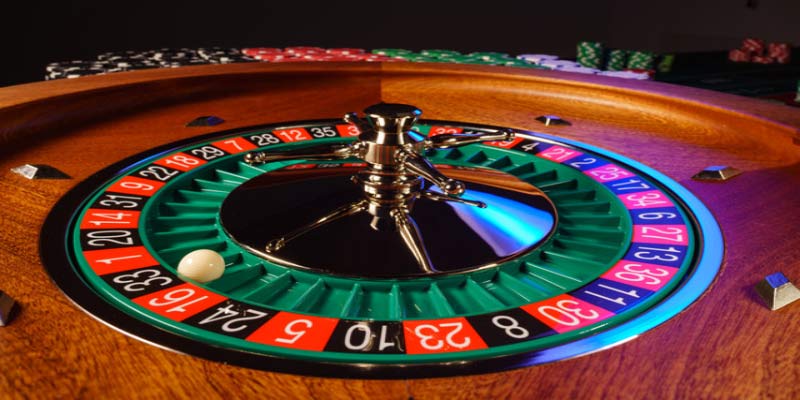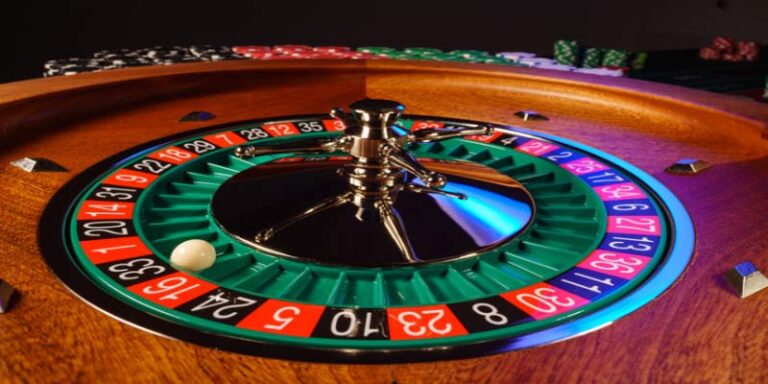
Roulette Wheel: The Ultimate Guide to Odds, Bets & Strategies
The roulette wheel stands as one of the most iconic and mesmerizing elements in casino gaming. Its spinning motion and the bouncing ball create an electrifying atmosphere that has captivated gamblers for centuries. Whether you’re playing at a luxurious land-based casino or enjoying online roulette, understanding the intricacies of the roulette wheel can significantly enhance your gaming experience and potentially improve your outcomes trang chủ Uu88.
This comprehensive guide will explore:
✔ The detailed mechanics of roulette wheels
✔ Key differences between wheel types and their impact on odds
✔ Advanced betting strategies and their effectiveness
✔ Common misconceptions and the truth behind them
✔ Tips for choosing the best roulette games
✔ The evolution of roulette technology
By the end of this 900-word guide, you’ll have mastered everything from basic wheel layouts to sophisticated betting approaches.
The Anatomy of a Roulette Wheel
A regulation roulette wheel consists of several precisely engineered components:
-
The Bowl: The stationary outer part that contains the moving wheelhead
-
The Wheelhead: The rotating disk containing numbered pockets
-
The Pockets: 37 (European) or 38 (American) compartments where the ball lands
-
The Frets: Metal dividers between pockets
-
The Ball Track: The sloped surface around the wheel’s circumference
Modern wheels undergo rigorous testing to ensure:
-
Perfect balance
-
Consistent ball behavior
-
True randomness in outcomes
Deep Dive: Wheel Types & Their Impact on Odds
European Roulette Wheel (Single Zero)
-
Numbers: 0-36 (37 total pockets)
-
House Edge: 2.7%
-
Key Advantage: Lower house edge makes it the player’s preferred choice
-
Number Sequence: Carefully arranged to alternate high/low, odd/even, and red/black
American Roulette Wheel (Double Zero)
-
Numbers: 0, 00-36 (38 total pockets)
-
House Edge: 5.26% (nearly double European)
-
Distinctive Feature: Additional 00 pocket increases casino advantage
-
Layout Difference: Numbers arranged in different sequence than European
French Roulette Wheel
-
Numbers: Same as European (0-36)
-
Special Rules:
-
“La Partage” – Get half back on even-money bets when 0 hits
-
“En Prison” – Bets stay for another spin after 0
-
-
House Edge: Drops to just 1.35% with these rules
Pro Tip: Always seek out French roulette when available for the best player odds.
The Science Behind Wheel Randomness
Modern casinos employ several methods to ensure fair play:
-
Precision Engineering: Wheels must meet strict tolerances (typically within 0.01mm)
-
Regular Maintenance: Wheels are rebalanced and inspected frequently
-
Electronic Monitoring: Many casinos use sophisticated tracking systems to detect bias
Despite popular myths:
-
No wheel can be perfectly balanced forever
-
Tiny imperfections can theoretically create biases
-
Modern casinos quickly identify and correct any developing biases
Advanced Betting Strategies Examined
The Fibonacci System
-
How It Works: Bets follow the Fibonacci sequence (1, 1, 2, 3, 5, 8…)
-
Advantage: Slower progression than Martingale
-
Disadvantage: Still can’t overcome house edge long-term
The D’Alembert System
-
How It Works: Increase bets by 1 unit after losses, decrease by 1 after wins
-
Best For: Players who prefer conservative progression
-
Reality Check: Doesn’t change the fundamental odds
The James Bond Strategy
-
How It Works: Covers 2/3 of the wheel with specific bet distribution
-
Payout Potential: High chance of small wins
-
Risk: Large loss when 0-12 hits
Key Insight: No strategy can mathematically overcome the house edge in fair roulette games.
Live Dealer vs. RNG Roulette: A Detailed Comparison
| Feature | Live Dealer Roulette | RNG Roulette |
|---|---|---|
| Authenticity | Real physical wheel and dealer | Computer-generated results |
| Game Speed | Slower (40-50 spins/hour) | Faster (200+ spins/hour) |
| Social Aspect | Chat with dealer and players | No interaction |
| Accessibility | Requires stable internet | Playable even on slow connections |
| Variations | Limited by studio offerings | Hundreds of unique versions |
Recommendation: Live dealer for immersion, RNG for practice and speed.
The Evolution of Roulette Technology
-
Mechanical Wheels (1700s-1900s)
-
Entirely manual operation
-
Prone to wear and bias over time
-
-
Electronic Displays (Late 1900s)
-
Digital result displays added
-
Improved game tracking
-
-
Automated Wheels (2000s)
-
Self-spinning mechanisms
-
Precise speed control
-
-
Virtual Reality (Present-Future)
-
Immersive 3D roulette experiences
-
Potential for entirely new game variants
-
Choosing the Best Roulette Game: Expert Tips
-
Always Check the House Edge
-
Favor French roulette (1.35%) over European (2.7%) over American (5.26%)
-
-
Look for Special Rules
-
“La Partage” or “En Prison” dramatically improve odds
-
-
Consider Table Limits
-
Match your bankroll to appropriate minimums/maximums
-
-
Verify Game Certification
-
Ensure RNG games are tested by eCOGRA or similar
-
-
Try Before You Buy
-
Use free play modes to test strategies risk-free
-
Conclusion: Mastering the Roulette Wheel
While the roulette wheel ultimately relies on chance, informed players can:
-
Select games with the best odds
-
Employ sensible bankroll management
-
Avoid common betting pitfalls
-
Enjoy the game responsibly
Remember that roulette should primarily be about entertainment . By understanding the wheel’s mechanics and the mathematics behind the game, you can appreciate each spin’s elegance while making smarter betting decisions.



